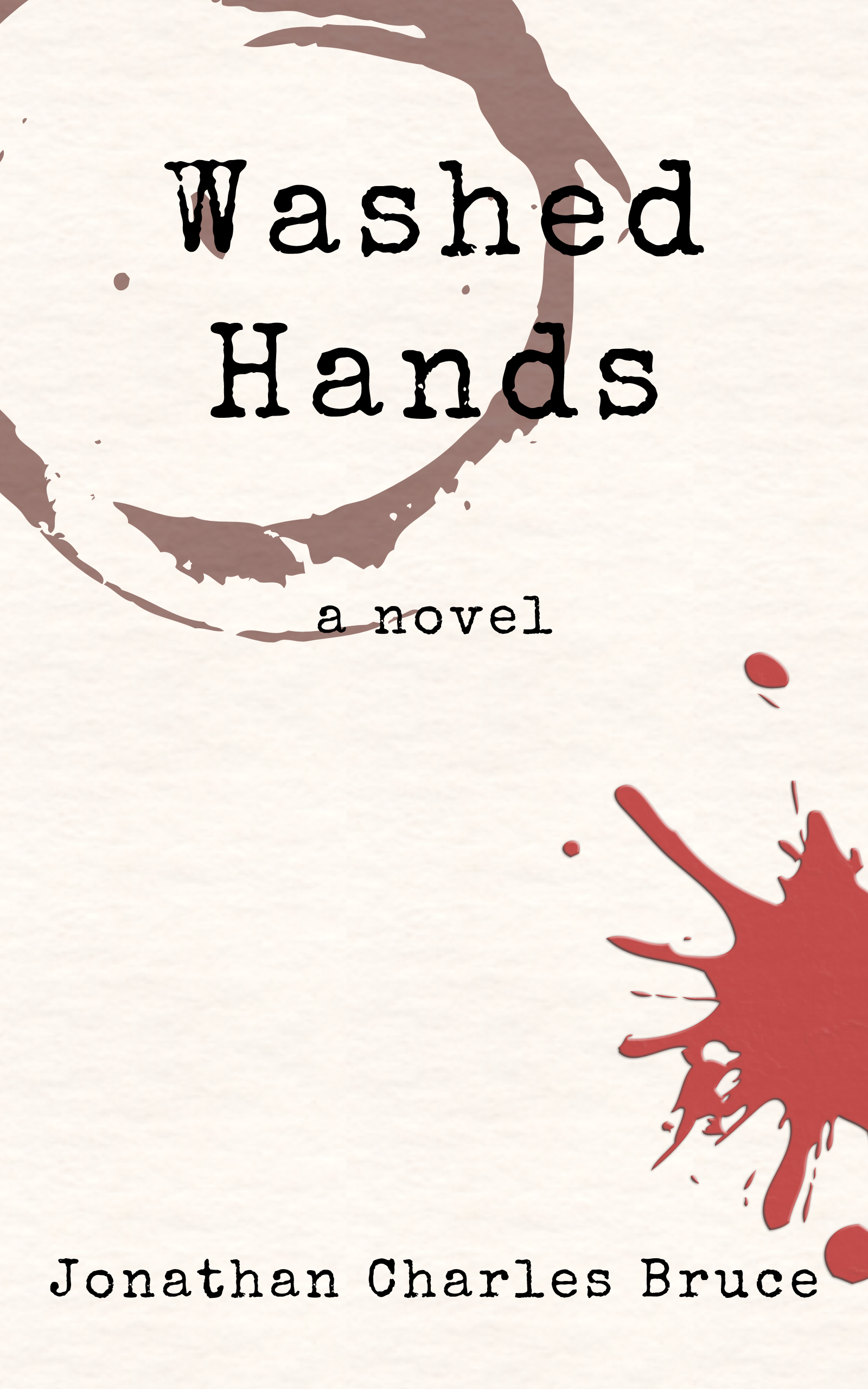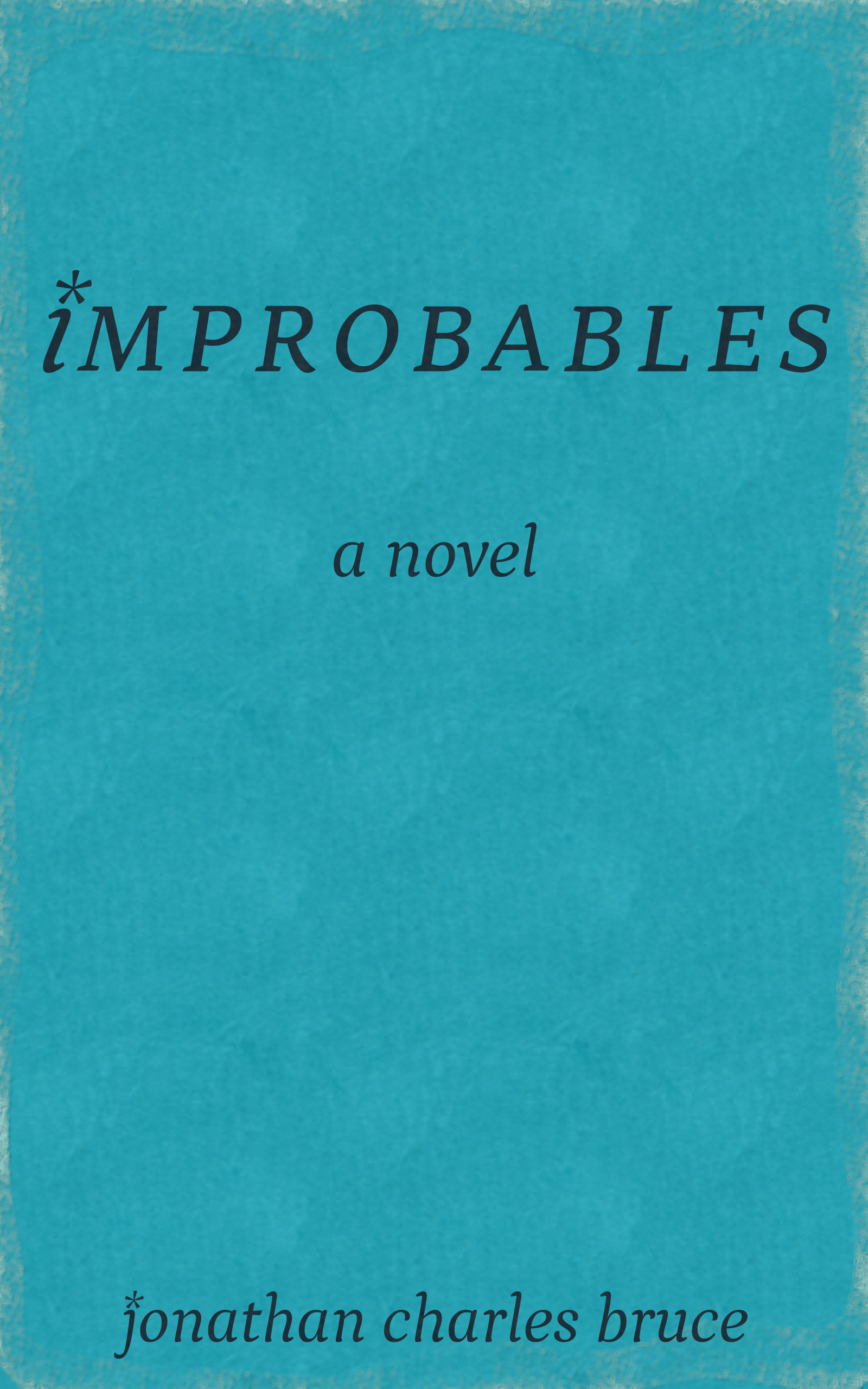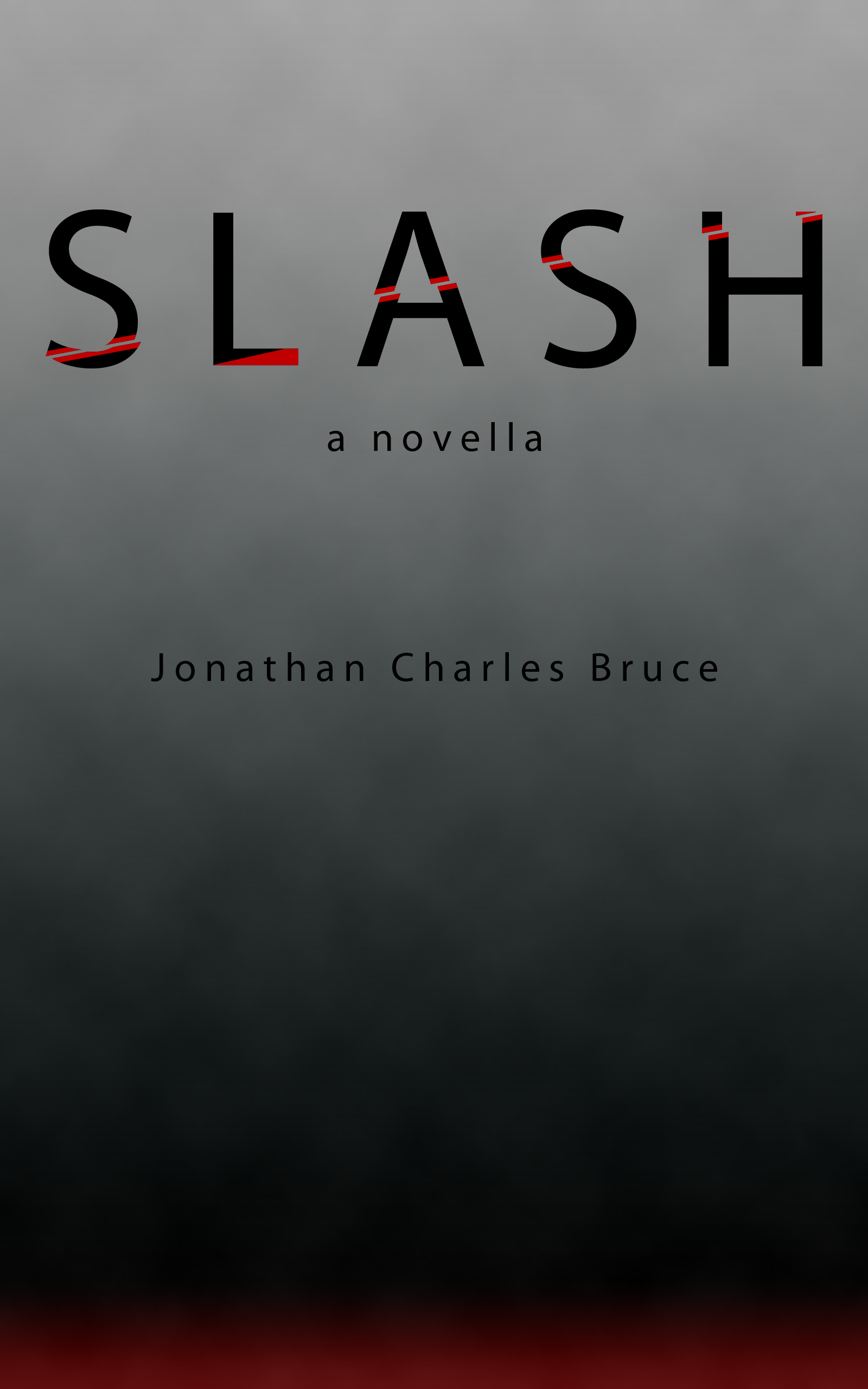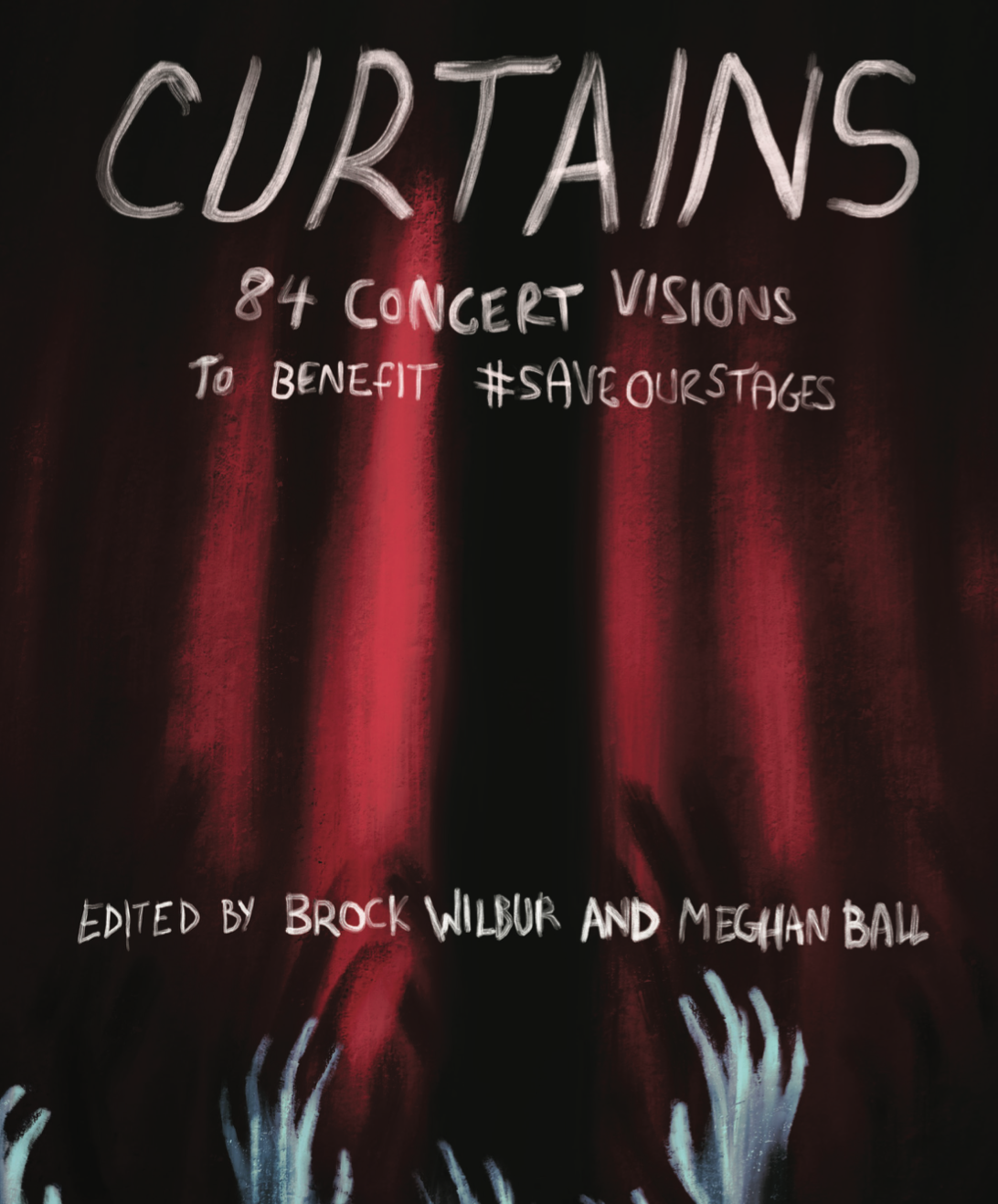Otherworld: Infinite Requiem
Aberrations
UPDATE: Click here for how some of the aberrations ended up looking!
After getting some rather unhelpful poll results…
"Twitter, help me break this two-way tie between two of four options!"
— JonathanCGiantMoth (@JonathanCBruce) September 28, 2017
"I got this." pic.twitter.com/b56SIuvxKd
Although, to be fair, 4 votes is way more than I've ever gotten on one of these things.
… I have decided to write about Infinite Requiem board game stuff in the order that I saw the votes. This means that today I will be talkin’ ‘bout monsters. Next time, I shall discuss objectives, followed by maps and finally some more characters. This will give me time to gussy up some more of the maps, since they are all finished in layout and now only need set dressing and lighting effects.
In any case, on with the show!
The Concept
The official name of the creatures is “aberration”. Those who happened to follow my narrative analysis of Silent Hill will recognize where I first stumbled upon and fell in love with the term.
Very broadly, the aberrations are derived from inhumane acts. The varied species types are meant to reflect some kind of malignancy in the human condition, whether inflicted upon the self or others. Jealousy, murder, obsession, concealing a malevolent intent, betrayal… people cook up a lot of ways to be cruel to both themselves and others, and the denizens of the Otherworld are spawned from this.
There are two different ‘kinds’ of aberration: lesser and greater. Lessers are more common and have strength in numbers, with a fresh batch spawning in every neighborhood occupied by a player. Each of the seven separate districts (map types) in the game has its own lesser aberration, at least somewhat thematically tied to the location. Each lesser type has a unique set of skills, reflecting things like its position on the food chain or even just the way it eats its prey.
Despite being less resilient than their bigger and meaner counterparts, lesser aberrations are still tough to kill. Unless a player is lucky and rolls high enough with a certain weapon, at best the lesser will be stunned. A stunned creature may be finished off with a follow-up attack, but failure to do so will see the creature restored at the start of the next phase.
Greaters only spawn under certain conditions and for good reason: unlike their lesser brethren, these aberrations have pools of hit points that must be whittled down to bring them to a stunned state. Whether tethered to a player’s objective, spawned by an unlucky card pickup, or the result of the game spontaneously deciding to mess you up, greaters are deadly threats that will take teamwork to bring down. Like lessers, they have a suite of skills and behaviors that both correspond to their origins and their propensity toward violence.
There is no single player in charge of aberration movement; all are required to participate in ensuring that the creatures stalk and move as normal. The system is straight-forward: aberrations detect players entering within two squares. They will immediately move one square toward the offender (described as a lunge). At this point, the player is now a target of the creature; moving 6 spaces away, turning a corner, or entering a building will leave behind a ‘line of sight’ token which the aberration will move toward on its next turn. If the player is within 2 squares of the aberration when it reaches the token, the chase resumes until the character is caught or escapes.
Combat begins when an aberration enters into a space with a player (or vice versa). Aberrations always attack first, since they are 1) scary and 2) built to kill. Players can always defensively act unless it is their turn; in this case, they may only attack once. As such, it’s best to plan movement and attacks carefully.
But that’s enough of that! Let’s take a look at a couple of examples!
The Sinister Children
If we're being totally honest, I suspect this of all children.
The Fallen Cherubim is a concept that actually goes back to the original play. Even then, it was actually the result of one actress going out of the way to make sure she stood out in a particularly grisly way. She also engineered a laugh that somehow wove together childish amusement with a sort of sadistic glee. Worked into the script, the basic idea is that the cruelties that children are capable of often go unnoticed by adults, sometimes deliberately.
The game’s rendition of this is two-fold. The first is that, due to a noticeably alien laughter, Fallen Cherubim inflict a temporary status effect on players within two spaces. ‘Paranoia’, as mentioned in the conversation about characters, prevents those so afflicted from being able to meaningfully interact with those around them. Since this affects players regardless of walls, the residential district can become a difficult area to work cooperatively.
Perhaps more worrying, however, is the defensive ability that Fallen Cherubim possess. At a distance, these creatures look somewhat like human children; so powerful is the illusion that players using a firearm will be at a disadvantage until they witness it attack another player or themselves. This will also eliminate most firearms’ chances of removing the aberration from the game, as an accuracy penalty also increases the corresponding number needed to one-shot a foe. Since aberrations always attack first, melee combat carries no such penalty.
The Grappler
The Bound plays a major role in the prequel to Otherworld: Infinite Requiem as part of the ritual bringing disaster to the city. In the board game, The Bound is a randomly encountered boss monster, which basically means that it isn’t tethered to a particular character’s story arc. The result of intense and unfulfilled suicidal ideation, this greater is weighed down by physical, living chains that worm their way through its musculature.
These chains alter the way that it interacts with human players. The primary means is through its ‘Tether’ ability, which will drag a player entering within two squares to the monster. Players wishing to escape to fight another day will face a similar difficulty, needing a roll of 6 or higher, lest a chain snag their ankle. Since both of these skills automatically end movement, The Bound can effectively block off an entire section of the map until defeated.
To make matters worse, if it rolls an 8 in combat, it will inflict a status condition called ‘Crimson Touch’. This is Infinite Requiem’s confusion state, wherein one’s direction is controlled by die rolls. Since these are usually largely unfun status conditions, characters are effectively invisible to creatures while under this effect (with one very dangerous exception).
All greater aberrations will drop a powerful item upon defeat. In most cases, all players are free to take it. In The Bound’s situation, the unique item is the ‘Gore-Slicked Chain’.
It would be for the best if you didn't think about it constricting around your body.
Unless you're into that sorta thing.
Greaters aren’t limited to direct violence, of course.
The Alchemist
I’m actually really excited to test this one, since it is the most complicated and highest-concept foe. Of course, I’m a huge dork, so there ya go.
The Festering Kingdom follows its own particular rules. It will stalk the closest player and, once in the neighborhood, begin inflicting status effects on everyone within. The first phase results in ‘Paranoia’, followed by ‘Whispers’, and finishing up with ‘Crimson Touch’. The longer one dallies in the proximity of this greater, the more dangerous it becomes; once it inflicts ‘Crimson Touch’, it moves to feed. Even if you manage to get distance, you’re still likely taking corruption damage.
And yes, it is effectively a pile of carnivorous cockroaches in a trench coat.
Because I think seeing that thing walking toward you as your legs give out would be abso-fucking-lutely terrifying.
< PREVIOUS ENTRY • NEXT ENTRY >
Advice • Fiction • Gaming • General Musings • Reviews









